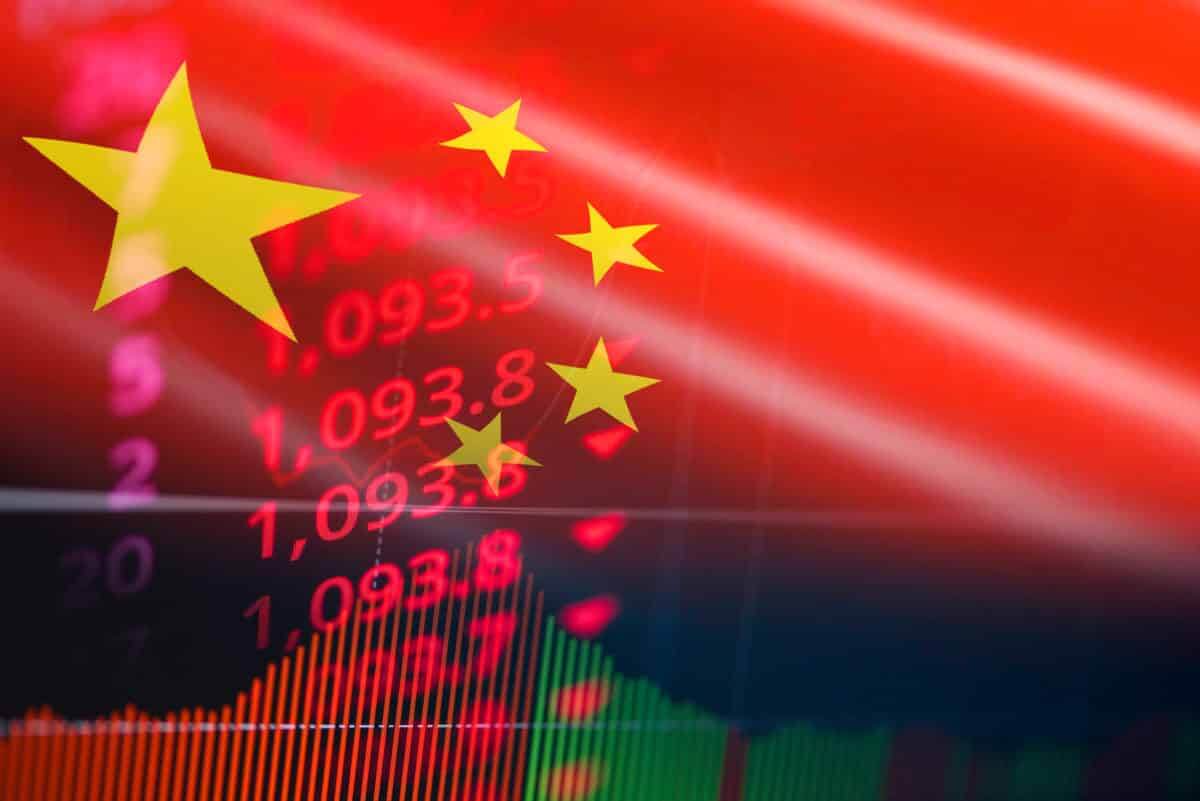
Here is How China’s Decision on Rates Influences the Market
According to a poll of 31 traders and analysts, China’s central bank should maintain borrowing prices on its medium-term policy loans constantly for the fifth month on Wednesday.
Despite a commitment by politicians to beef up support for the world’s second-largest economy, which took damage from COVID-19 disruptions, 30 of the respondents, or roughly 97 percent, have this anticipation. More aggressive monetary tightening by the US Federal Reserve might limit Beijing’s policy maneuvering options. According to investors growing divergence could put pressure on the yuan currency and increase the danger of capital outflow. Thirty of the 31 survey respondents believe the interest rate on the one-year medium-term lending facility (MLF) would remain unchanged on Wednesday when the central bank is due to renew 200 billion yuan ($29.76 billion) in such loans.
Fluctuations in the Financial Markets
Financial market volatility has paved the way for a larger-than-expected three-quarter-percentage-point interest rate hike at the Federal Reserve’s policy meeting this week. Frances Cheung, a rates strategist at OCBC Bank, explained that the market looks to be looking for longer-term liquidity assistance; especially given the neutral, open market operations. Of the 30 people who predicted a stable MLF rate, 19 thought the People’s Bank of China (PBOC) would infuse the same amount of cash as the maturity. At the same time, 11 said the central bank would increase liquidity by injecting more new money.
Citi analysts explained that the size of the planned MLF operation would be more than enough to roll over the maturing central bank loans.
In June, provinces in China were rushing to raise $225 billion in bonds; they were hoping to jumpstart the weak economy. The only person who defied the poll’s trend projected that the central bank would lower borrowing costs by five basis points. Last month, China announced steps to bolster the economy. Premier Li Keqiang pledged to achieve positive economic growth in the second quarter; even though many private sector experts predict a drop. The MLF rate will determine China’s benchmark loan prime rate (LPR), which is set every month on the 20th.




